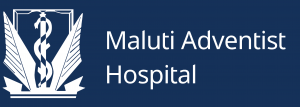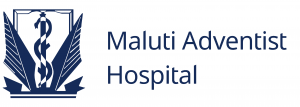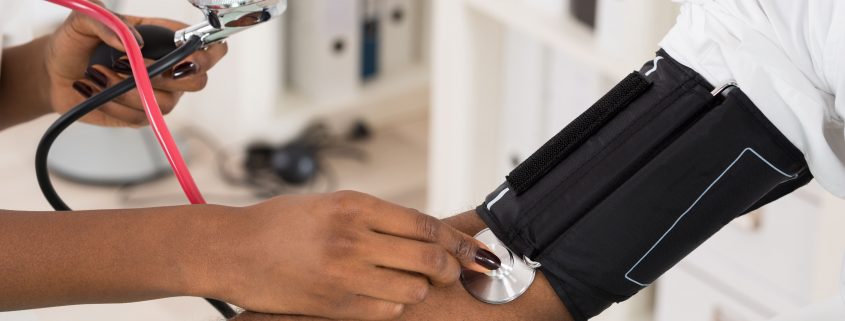Stop the Spread Covid 19
How does COVID-19 spread between people?
We know that the disease is caused by the SARS-CoV-2 virus, which spreads between people in several different ways.
- Current evidence suggests that the virus spreads mainly between people who are in close contact with each other, for example at a conversational distance. The virus can spread from an infected person’s mouth or nose in small liquid particles when they cough, sneeze, speak, sing or breathe. Another person can then contract the virus when infectious particles that pass through the air are inhaled at short range (this is often called short-range aerosol or short-range airborne transmission) or if infectious particles come into direct contact with the eyes, nose, or mouth (droplet transmission).
- The virus can also spread in poorly ventilated and/or crowded indoor settings, where people tend to spend longer periods of time. This is because aerosols can remain suspended in the air or travel farther than conversational distance (this is often called long-range aerosol or long-range airborne transmission).
- People may also become infected when touching their eyes, nose or mouth after touching surfaces or objects that have been contaminated by the virus.
Further research is ongoing to better understand the spread of the virus and which settings are most risky and why. Research is also under way to study virus variants that are emerging and why some are more transmissible. For updated information on SARS-CoV-2 variants, please read the weekly epidemiologic updates.
How can I reduce my risk of getting COVID-19?
There are many things you can do to keep yourself and your loved ones safe from COVID-19. Know your risks to lower risks. Follow these basic precautions:
- Follow local guidance: Check to see what national, regional and local authorities are advising so you have the most relevant information for where you are.
- Keep your distance: Stay at least 1 metre away from others, even if they don’t appear to be sick, since people can have the virus without having symptoms.
- Wear a mask: Wear a well-fitting three-layer mask, especially when you can’t physically distance, or if you’re indoors. Clean your hands before putting on and taking off a mask.
- Avoid crowded places, poorly ventilated, indoor locations and avoid prolonged contact with others. Spend more time outdoors than indoors.
- Ventilation is important: Open windows when indoors to increase the amount of outdoor air.
- Avoid touching surfaces, especially in public settings or health facilities, in case people infected with COVID-19 have touched them. Clean surfaces regularly with standard disinfectants.
- Frequently clean your hands with soap and water, or an alcohol-based hand rub. If you can, carry alcohol-based rub with you and use it often.
- Cover your coughs and sneezes with a bent elbow or tissue, throwing used tissues into a closed bin right away. Then wash your hands or use an alcohol-based hand rub.
- Get vaccinated: When it’s your turn, get vaccinated. Follow local guidance and recommendations about vaccination.


